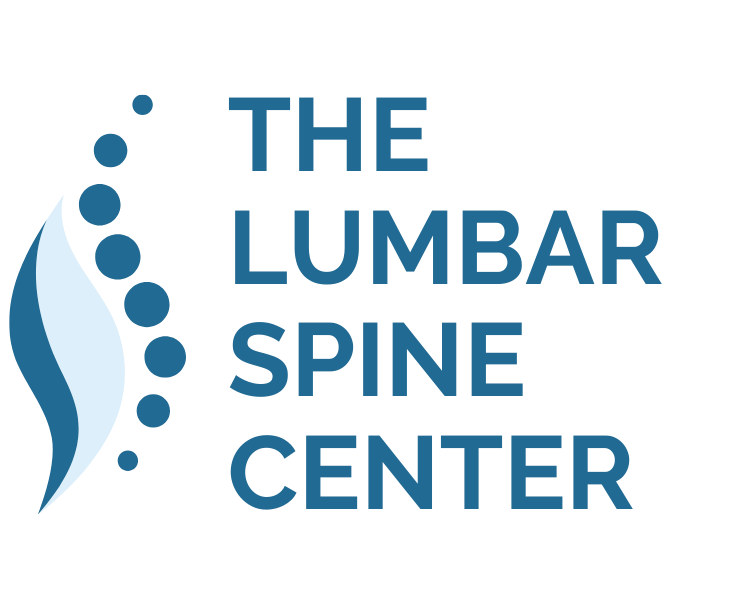Patients are initially evaluated by a physiatrist to make sure all NON-SURGICAL OPTIONS including physical therapy and non-narcotic pain management are exhausted prior to considering a surgical solution. In this section, we discuss which patients should undergo surgery.

Surgical Options
Lumbar Microdiskectomy
This surgery is done for patients with lumbar radiculopathy from a disc herniation or foraminal stenosis. Patients are put to sleep with general anesthesia and then turned prone (face down). The level localized through X-Ray and accessed through a small incision in the lower back measuring 1.5 inches in length. Using a microscope, a small amount of the lamina is removed and the disc space identified. The disc fragment is then removed, leaving the majority of the non-herniated disc intact.
The surgery takes approximately 45 minutes. Patients usually go home the same day.
Lumbar Laminectomy
This surgery is done for patients who have lumbar stenosis presenting with Neurogenic Claudication. MRI shows compression of the nerve roots centrally at one or multiple levels. During surgery, the lamina are removed as well as a small part of the facet joint to decompress the nerves and thecal sac.
The surgery takes approximately 45 minutes. Patients usually go home the same day.
Lumbar Laminectomy with Interspinous Device
Similar to a Lumbar Laminectomy, but the spinous process is preserved, the lamina is removed through a Laminotomy rather than laminectomy. A device is placed in between the spinous process to prevent further movement and reduce the likelihood of recurrent stenosis.
The surgery takes approximately 45 minutes. Patients usually go home the same day.
Lumbar Fusion & Decompression (TLIF)
Patients undergo a laminectomy followed by pedicle screw fixation and interbody stabilization. This is the procedure of choice for any patient with instability, severe degeneration or spondylolisthesis.
The surgery takes approximately 60 – 90 minutes and patients go home the next day.
Lateral Lumbar Fusion & Decompression (XLIF)
Also known as an XLIF (Extreme Lateral Interbody Fusion), is an approach to the spine through lateral flank. It is
most commonly used to operate upon the L2-3, L3-4 and sometimes L45 levels. Most surgeons have seen success in using this procedure for adjacent segment disease after a previous fusion. For instance, a patient undergoes a fusion at L4-5 and later develops stenosis at L3-4. Rather than extend the fusion, an XLIF can be performed in a short period of time, minimal surgical exposure, and with the patient going home the next day.
The surgery takes approximately 60 minutes. Patients usually go home the same day.


